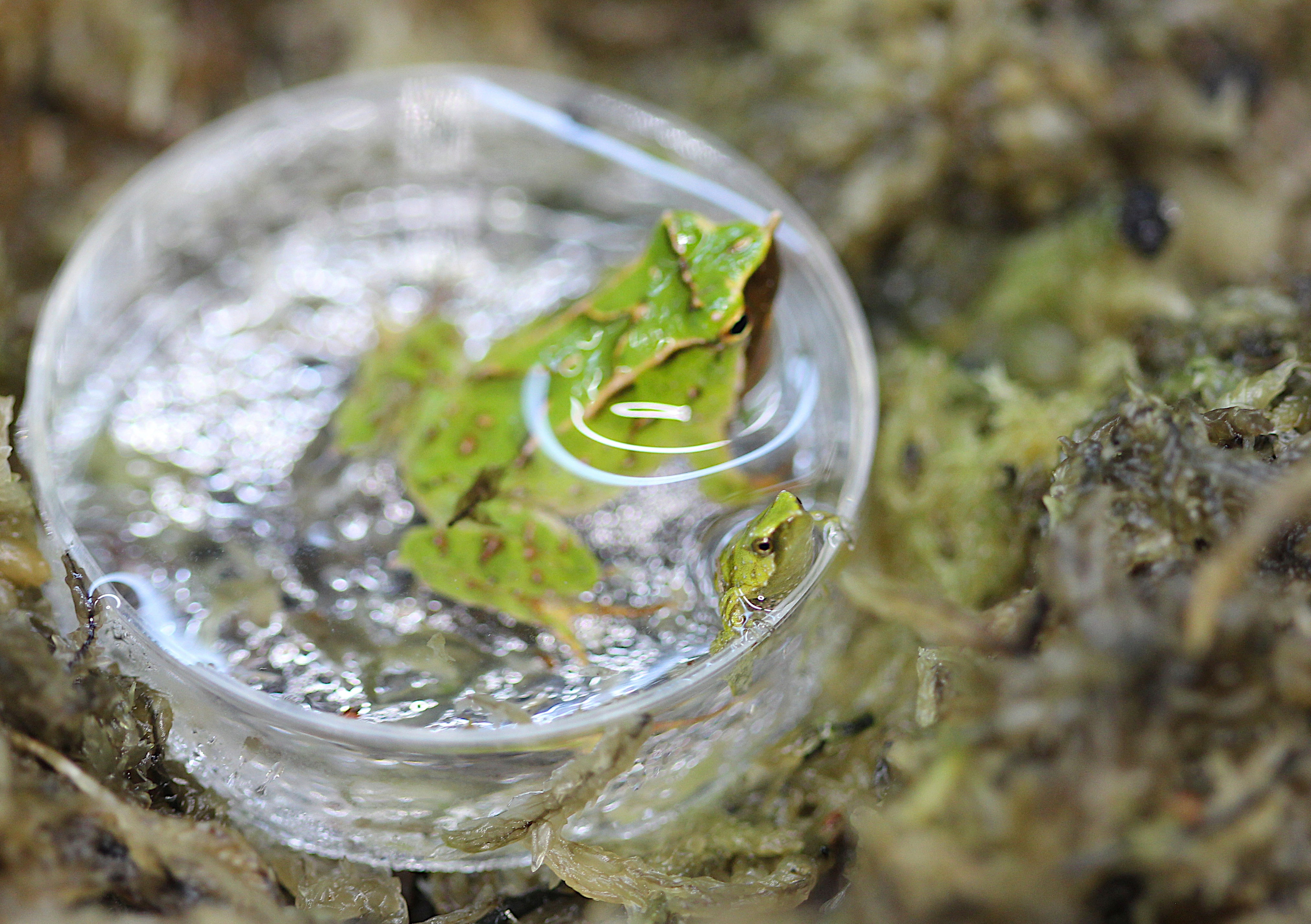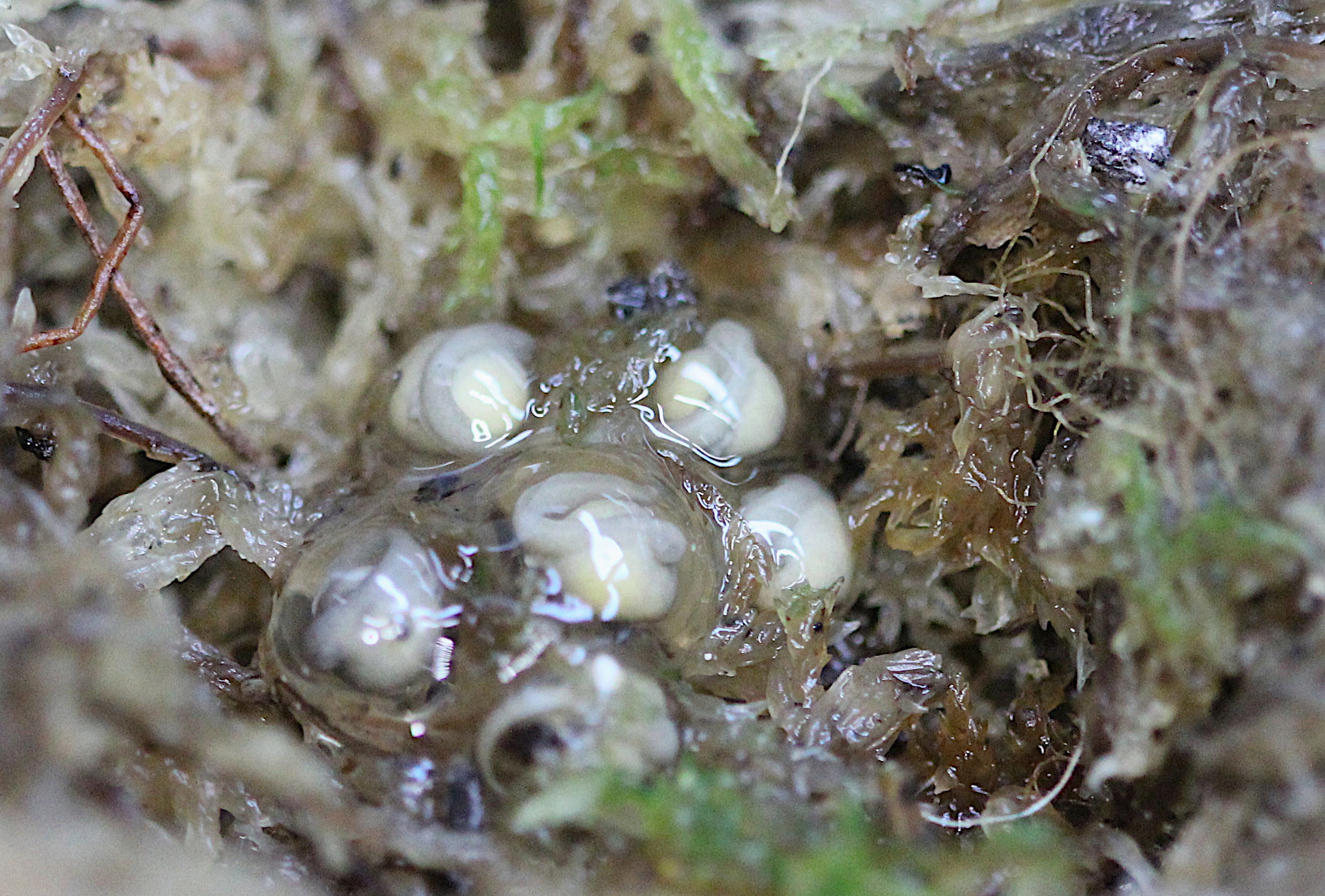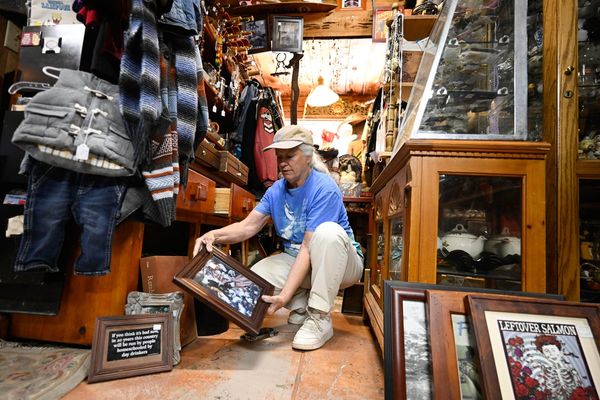
Tiny endangered Darwin's frogs have made an epic journey of thousands of miles from the forests of southern Chile to London, nestled safely inside their fathers' vocal sacs.
London Zoo said on Monday that 33 of the frogs, named after scientist Charles Darwin who discovered the species, were born in their new home as part of a rescue mission to save the species from extinction.
These remarkable amphibians face a dire threat in their native habitat. A devastating chytrid fungus outbreak in Chile's Parque Tantauco forests in 2023 has decimated populations, causing a 90 per cent decline within a single year. This deadly fungus has ravaged amphibian species worldwide.
Darwin's frogs employ a unique reproductive strategy. After the female lays her eggs, the male takes over, brooding the developing tadpoles within the safety of his expandable vocal sac. This unusual paternal care ensures the froglets' survival during their vulnerable early stages.
A team of conservationists traveled to Chile's forests in October in search of healthy Darwin's frogs free of the infectious disease.

They collected 52 frogs, which were then placed in climate-controlled boxes for a 7,000-mile (11,265 kilometres) ride by boat, car and plane to their new home in London.
Of the group, 11 male frogs — each measuring under 3 centimetres (1.2 inches) — carried 33 tadpoles that were born at the zoo.

“We knew we were embarking on something special — the clock was ticking, and we needed to act quickly if we were going to save these frogs,” said Ben Tapley, curator of amphibians at London Zoo.
He said the successful parent-rearing of the froglets was a “powerful symbol of hope for the species.”
Andres Valenzuela-Sanchez, a researcher at ZSL, the conservation charity behind London Zoo, said the project will ensure the species has a fighting chance of recovery.
“These frogs are not only vital for the future of their species but also help us better understand how we can combat chytrid fungus and safeguard other amphibians globally,” he said.







